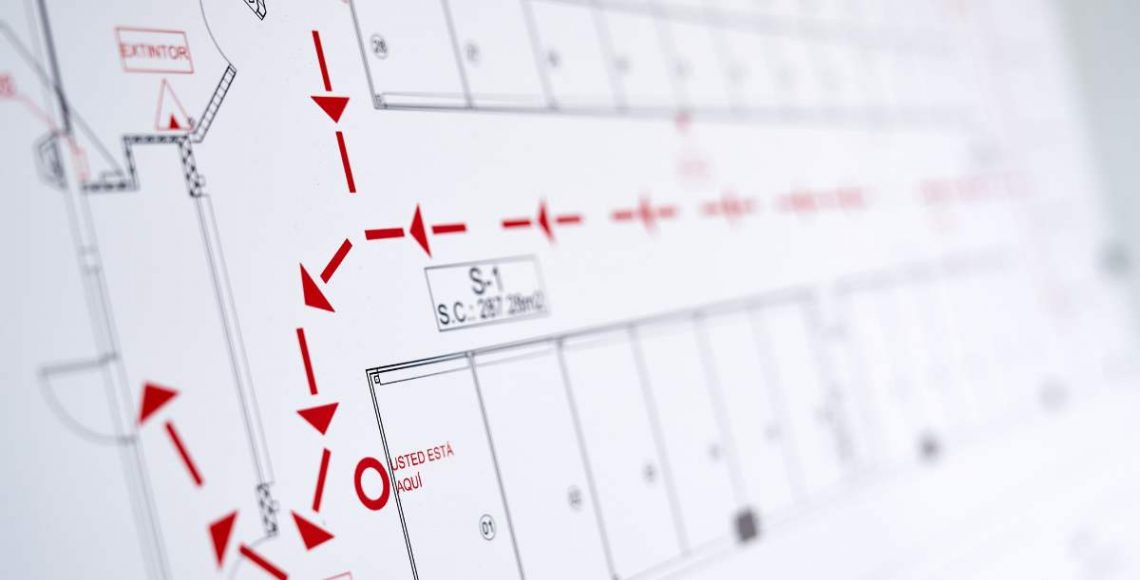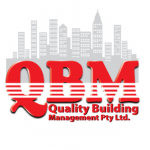5 Key Components of an Effective Emergency Management Plan
Being a building manager can be a tough job as you bear a lot of responsibility. As a building manager, one of your most important responsibilities is to ensure the safety of the occupants who live or work in your building. One way to do this is to create an effective emergency management plan that can help you prepare for and respond to emergencies quickly and efficiently.
An emergency management plan is a comprehensive document that outlines the procedures and protocols to be followed in the event of an emergency. It is essential for every building to have an emergency management plan to ensure the safety of the building occupants and minimize property damage.
When compiling your plan, consider these five key components for an effective emergency management plan for your building:
Risk Assessment
Conducting a risk assessment is the first step in creating an effective emergency management plan. This involves identifying potential hazards and threats affecting your building, such as fires, natural disasters, power outages, and security breaches.
Once you have identified these risks, you can develop strategies to mitigate them. For example, you might install or upgrade fire extinguishers, smoke detectors, and sprinkler systems to prevent or reduce the impact of fires. You might also create evacuation plans and conduct drills to ensure that occupants know how to exit the building quickly and safely in the event of an emergency.
Emergency Response Procedures
Emergency response procedures are a critical component. They outline the steps that building occupants and staff should take in the event of an emergency, including who to contact, what to do, and where to go.
Your emergency response procedures should be clear, concise, and easy to understand. They should also be customized to the specific risks and hazards that are most likely to affect your building. For example, if your building is in a flood-prone area, your emergency response procedures should include steps for evacuating the building and relocating to higher ground.
Communication Plan
Effective communication is essential during an emergency. Your plan should include communication that outlines how tenants and staff will be notified of an emergency and how the information will be shared.
This could include using alarm systems, PA systems, or text messages to notify occupants of an emergency. You should also designate a central point of contact for emergency communications and establish procedures for sharing information with emergency responders.
Your Building Recovery Plan
While your primary focus during an emergency is to ensure the safety of building occupants, it is also essential to have a plan for recovery. Your recovery plan should include steps for assessing the damage and restoring the building to its pre-emergency condition.
This might involve contacting contractors to repair the damage, replacing damaged equipment or materials, and working with insurance providers to file claims. Your recovery plan should also include steps for providing support to any building occupants who may have been impacted by the emergency, such as offering counselling or financial assistance.
Training and Drills
An emergency management plan is only effective if everyone in the building understands their roles and responsibilities during an emergency. This is why training and drills are essential to any emergency plan.
Your plan should include provisions for regular training and drills to ensure that occupants and staff know what to do in an emergency. This could include instructing on your emergency evacuation diagram and conducting fire drills, earthquake drills, or cyclone drills. You should also regularly review and update your emergency plan to ensure it remains current and effective.
An effective plan is critical to ensuring the safety of building occupants and minimizing property damage. By conducting a risk assessment, developing emergency response procedures, establishing a communication plan, creating a recovery plan, and conducting regular training and drills, you can prepare your building for emergencies and respond quickly and efficiently when they occur. Doing so can help protect the lives and livelihoods of those who live and work in your building.
For further information, contact us at Quality Building Management. We have been servicing Brisbane and surrounds for over 20 years.






